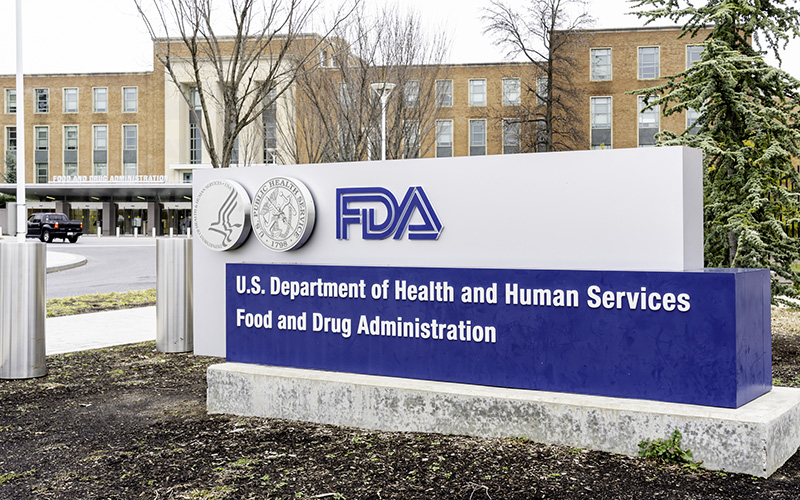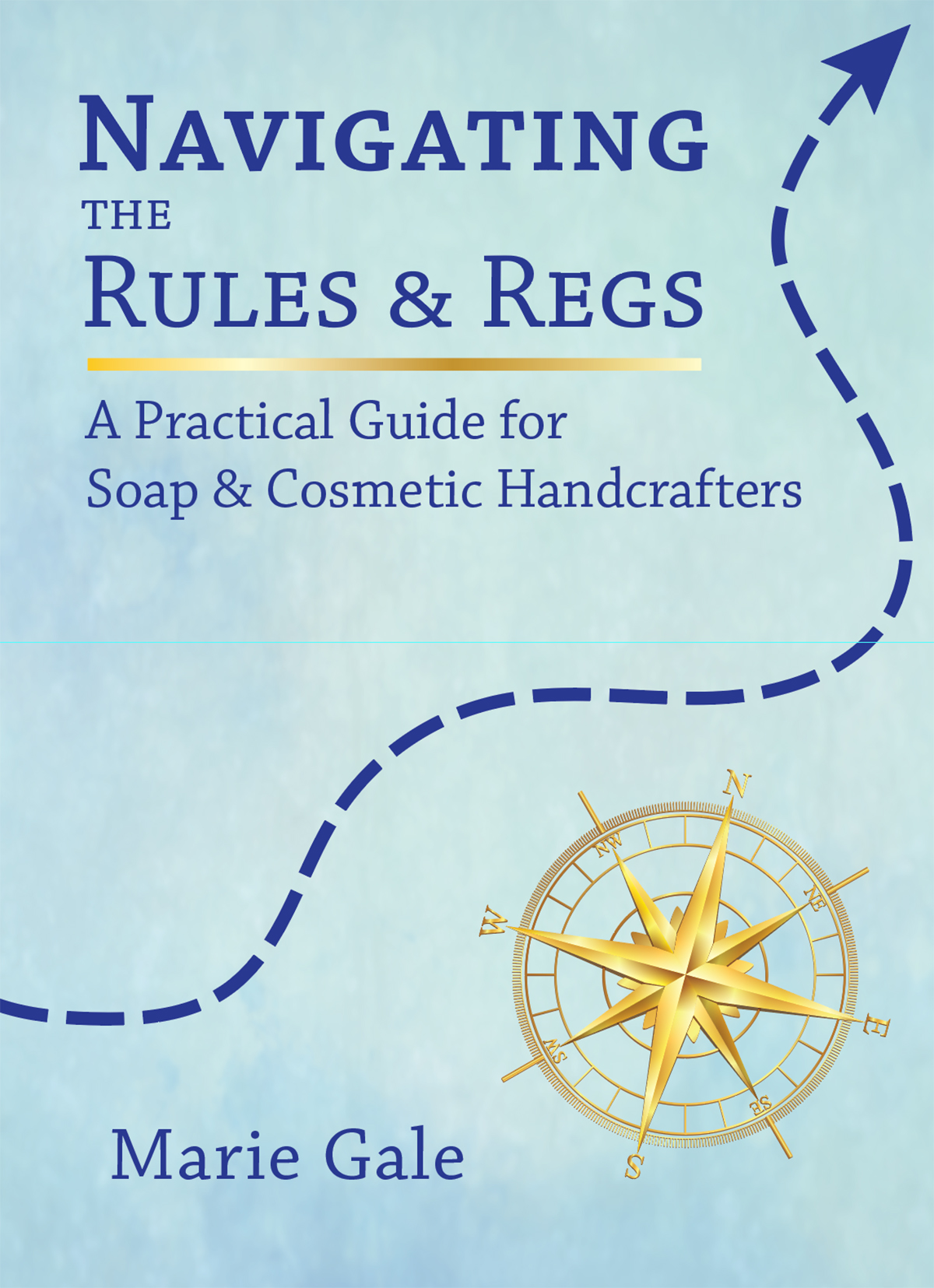I’ve been receiving a lot notices of FDA warning letters, so I reviewed the last 106 warning letters (60 days) to see what sort of warnings they have been sending out lately.
Here’s the breakdown of the types of products cited (in descending order).
- Family Smoking Prevention & Tobacco Control – 46
- Unapproved new drug – 19
- Corona Virus 2019 “cures” – 11
- Foreign Supplier Verification Program – 9
- Pharmaceutical Ingredients – 5
- Compounding Pharmacies – 4
- Pharmaceutical Products – 4
- Biotech Monitoring – 1
- Animal Products – 1
- Devices – 1
- Human Cells, Tissues & Cellular Products – 1
- Seafood – 1
Unapproved New Drugs
Warning letters concerning cosmetics are usually found under the “unapproved new drug” category, since that’s the most likely problem facing cosmetic manufacturers. They make claims that the product will treat, mitigate, prevent, or diagnose a disease, or that it will alter the function or structure of the body and—whammo!—they have created an unapproved new drug.
In the 19 warning letters covering unapproved new drugs, 17 were for ingested substances claiming to be “nutritional supplements.” Mostly the drug claims were to treat diabetes, improve blood sugar levels, and/or promote weight loss. Several contained prescription weight loss drugs and/or unapproved food additives (ingredients that aren’t nutritional supplements and aren’t otherwise approved for use in food).
The two remaining unapproved drug warning letters were for products that are applied to the human body.
The first was a “Black Salve.” In that case the company was promoting the product to treat “various types of abnormal growths both external and internal.” Definitely a drug! In addition to warning about the claims for treatment, the FDA also cited the fact that two of the ingredients were known to be corrosive and were capable of indiscriminately damaging both healthy and diseased tissue.
The second was a “pain relief roll-on” containing CBD.

Data Reviewed by the FDA
One interesting point I noted was that in all of the unapproved new drug warning letters, the FDA stated they had reviewed one or more of:
- Company website(s),
- Amazon storefront
- Amazon seller profile
In most cases it was also mentioned that the website(s) and social media pages were ALSO reviewed by the FTC.
In other words, if you use social media to make drug-type claims about your product and then to link back to your website from your social media, the FDA can use that information in determining whether or not the product is an unapproved new drug.

Dollar Tree
Another interesting tidbit is that Greenbrier International, Inc. (dba Dollar Tree) was cited for the lack of good manufacturing practices at the foreign facilities which manufacture Dollar Tree’s Assured Brand drugs. The three foreign facilities listed (all located in China) had already been cited by the FDA, but the Dollar Tree was still bringing in and selling the products. Dollar Tree said that they were having the drugs tested, but when the FDA checked with the company Dollar Tree used, they said they weren’t qualified to test drugs.
No wonder Dollar Tree Assured Brand is so cheap!



Leave a Reply